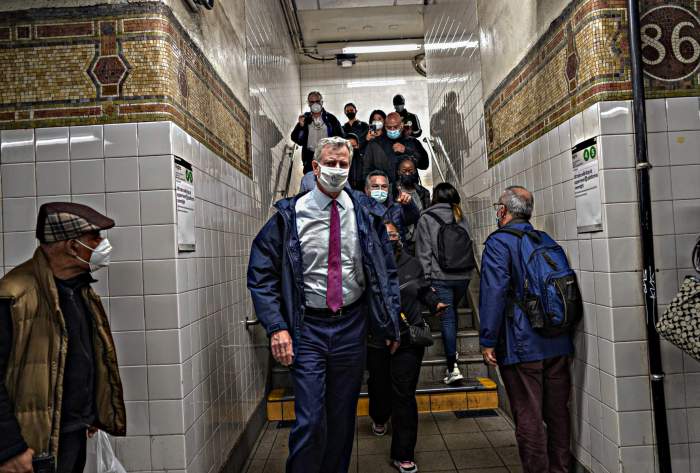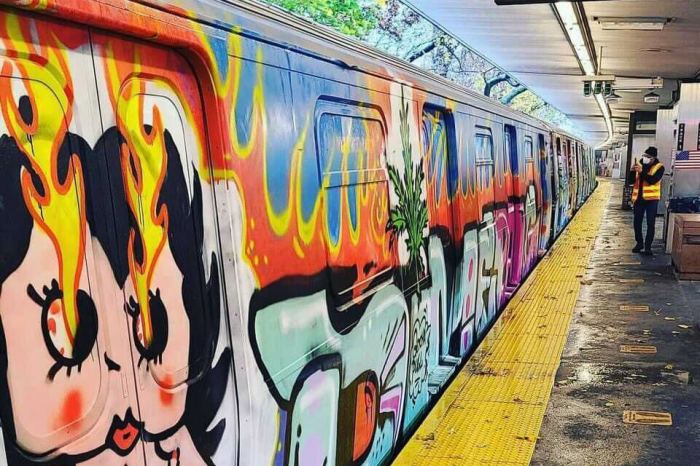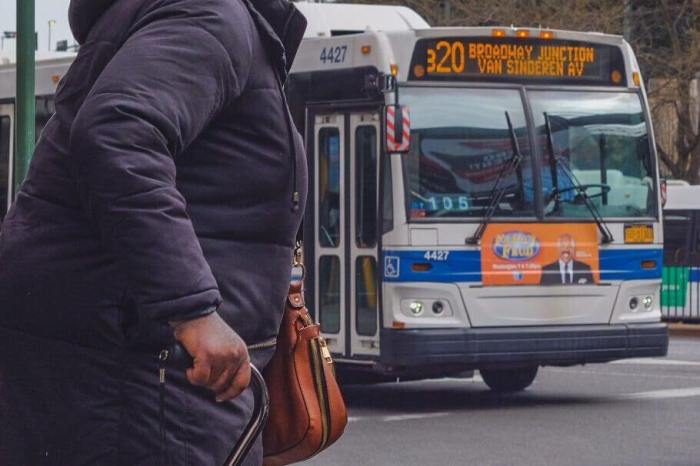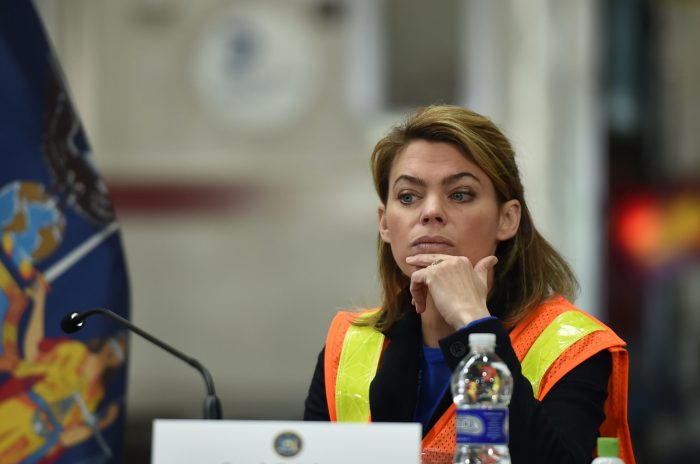More than 2.7 million people rode the New York City Subway and the Staten Island Railway on Monday, Sept. 13 — setting a pandemic record for the MTA that represents a little more than half of the subway ridership seen before COVID-19 arrived in March 2020.
The new ridership high coincided with what Mayor Bill de Blasio called “Recovery Day,” as Sept. 13 marked the first day for New York City public schools and the return of municipal workers to offices some 18 months after the COVID-19 pandemic gripped the Five Boroughs and kept most people home for extended periods.
The two commuter rail systems serving New York City — Metro-North and the Long Island Rail Roads — also experienced pandemic ridership highs on Monday.
Add it all up, and it signals that New York City’s recovery from COVID-19 is hitting its highest gear, according to Governor Kathy Hochul.
“These record ridership numbers show that New Yorkers are returning to school, the workplace and bringing our economy back with them,” Hochul said in a statement Tuesday announcing the ridership highs. “New York’s comeback is underway, and we will continue to increase ridership across our bus, subway and rail systems, restore riders’ confidence in the MTA, and keep our recovery moving forward.”
Approximately 2,767,385 customers passed through the subway and Staten Island Railway turnstiles on Sept. 13. That beat the previous pandemic ridership record set three days earlier, on Friday, Sept. 10, when 2,722,587 people hopped on the subways and railway.
Monday’s high was about 181,000 more than it was about three months ago, when the MTA set a pandemic ridership record on June 25 with 2,585,965.
Even so, the 2,767,385 riders who traveled the subways and Staten Island Railway on Sept. 13 only represents about 50.3% of the 5.5 million daily riders that the systems saw before the COVID-19 pandemic struck New York City.
In April 2020 — mere weeks after the first official COVID-19 case was diagnosed on March 1 — subway ridership nosedived to about 300,000 daily trips. The subways kept on running, serving the essential workers who risked their own safety to keep the city running while everyone else stayed home.
The MTA, which lost 171 workers due to COVID-19, also instituted a major cleaning and disinfection program that continues to this day as the authority encourages riders to return with various public education campaigns.
Subway ridership has been growing slowly, yet steadily, since the city began reopening in June 2020. Demetrius Crichlow, senior vice president of subways for New York City Transit, remains hopeful that more commuters will leave their cars at home and head underground in the months ahead.
“It is encouraging to see the subway system bustling with riders once again as more people return to their regular routines of taking the train to the office and to school,” Crichlow said. “We will look to keep this momentum going and hope to surpass that 3 million mark in the near future.”
But that progress could potentially be upended if more New Yorkers, and specifically MTA workers, aren’t vaccinated.
At a Sept. 13 committee meeting, MTA officials expressed concern that some 27,000 of its employees have not provided their vaccine status, with just 58% of the New York City Transit workforce having been vaccinated.




































